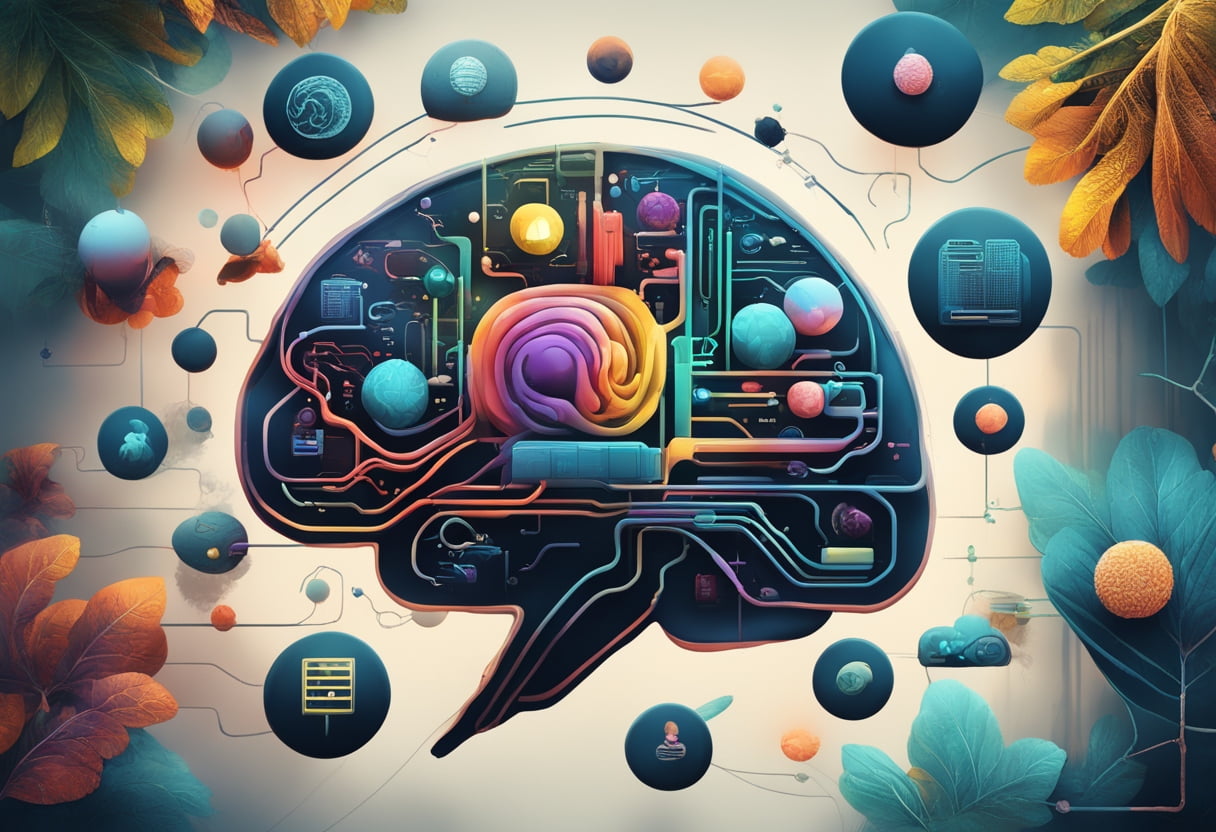Neuro-Linguistic Programming, or NLP, is often surrounded by a sense of mystery—an enigmatic blend of science and art. At its core, NLP is a way to understand the connection between the brain, language, and behavior, allowing us to “reprogram” our mental patterns and redefine our experiences. It invites us to see our minds as complex systems where thoughts and language are like the code that shapes our reality. If we change the code, we change the experience.
NLP emerged in the 1970s when Richard Bandler and John Grinder sought to uncover the “structure of excellence” that defined successful therapists and communicators. They weren’t looking for simple techniques; they were looking for the underlying patterns that could be replicated and taught. From their observations came a new approach to understanding human behavior—one that combines elements of psychology, linguistics, and systems thinking.
Think of it like this: our minds are like powerful computers, and the words we use are the programming language. Negative thoughts and limiting beliefs act like bugs in our mental software, subtly undermining our well-being. If someone continuously tells themselves, “I’m not good enough,” that phrase becomes a script that loops endlessly, shaping how they interact with the world. NLP offers a way to rewrite that script into something more empowering, like “I am constantly growing and improving.” This is not merely a superficial change but a deep, structural shift in one’s inner narrative.
There is immense power in recognizing and altering the stories we tell ourselves. NLP helps us break free from old, unhelpful patterns and opens up a new realm of possibilities. The practical applications are vast: from enhancing personal growth and communication to fostering emotional resilience and achieving professional goals. It goes beyond just “thinking positively” and delves into the mechanics of how our brains process language and experience.
Coming from a background in programming, AI, and machine learning, NLP resonated with me on a deeper level. In programming, we write code to create programs that perform specific tasks. When there’s a bug, we debug the code to ensure the system runs smoothly. The principles of NLP mirror this process. It’s about recognizing the patterns that aren’t serving us—whether they are thought patterns, emotional responses, or communication styles—and “debugging” them to foster healthier, more effective ways of living.
This intersection of AI and NLP is where things get truly fascinating. Just as AI models learn from vast datasets and adapt over time, our minds are continuously learning from experiences, adapting, and forming new neural connections. In both realms, there is a beautiful dance between structure and flexibility. My unique blend of skills from both technical and psychological fields has allowed me to see NLP as more than just a therapeutic tool; it’s a framework for understanding the very nature of human and artificial intelligence.
Imagine how this knowledge could be applied in therapy and counseling. NLP becomes more than a set of tools—it becomes a new language for understanding and transforming human experience. A skilled practitioner can listen deeply, not just to the words but to the spaces between them, uncovering the deeper patterns and beliefs that shape a person’s reality. It’s about more than just alleviating symptoms; it’s about empowering individuals to rewrite their stories and reshape their lives.
Looking ahead, the fusion of NLP with advancements in AI and machine learning opens up even more possibilities. Imagine a world where therapeutic interventions are guided by real-time insights into a person’s mental and emotional states, allowing for a level of personalization and adaptability we’ve only begun to explore. This is not just about helping people feel better; it’s about giving them the tools to think better and live better, aligning more closely with their true selves.
NLP, at its essence, is a journey into the self—a journey to understand how we construct our realities and how we can reshape them for the better. My diverse background and personal exploration have shown me that the boundaries between these worlds are far more fluid than they appear. There is both a science and an art to deciphering the code of machines and the poetry of the human mind.
For those who are curious, for those who want to explore the deeper connections between how we think, how we speak, and how we live, I invite you to journey with me. There is so much more to discover, and the path to understanding is one of endless exploration and growth.

